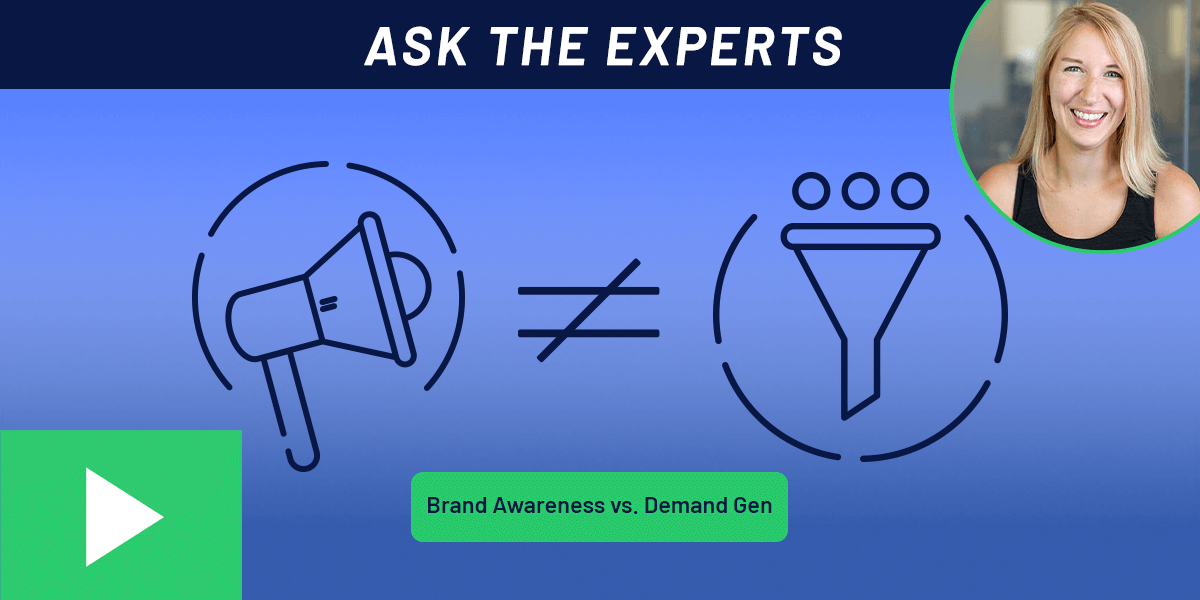
The way people think and process information is changing. Now more than ever, photos and videos—rather than newspapers and books—are the world’s preferred methods of communication. Humans process information visually, and in today’s fast-paced world you have about 50 milliseconds to gain your audience’s attention and trust. The best tool for the job? Striking photographs and intuitive, attractive visual design.
Where Stock Photos Fall Short
Let’s take an example from an unnamed “high quality” stock photo provider. This search yields over 800 results for identical images used by other companies and individuals. That’s 800 results from a relatively small, niche stock photo agency. Searches from larger providers can yield thousands. Images are often the first piece of content that captures your audience’s attention; do you really want show them content that that they may have seen dozens, or even hundreds of times before?
If there’s one thing consumers have in common, it’s their ability to sniff out inauthentic content such as stock photos. Even on an subconscious level, consumers make choices based on visual content—choices that impact your conversion rates and even your bottom line. Stock photos dehumanize your brand, appearing more cold and robotic, while owned content communicates authenticity. Not only that, but you run the risk of previous, potentially negative, associations that your consumers may have with that image (after all, they’ve probably seen it before).
How Owned Images Elevate Your Brand
Owned images reinforce your brand identity through authentic, visual storytelling. Brands with strong identities, like Redbull and Tough Mudder, are ones that utilize original imagery in their materials consistently—and they do it well. By leveraging high-quality, owned images, these brands elevate themselves above competitors.
What else can owned images do for you? Well, images improve information recall by over 500% compared to text alone. By using owned images that are consistent with your branding, you can improve recall while forming powerful and positive associations with your brand. Our memories are wired to recall images more readily than text and we can often recall images we saw only twice, 5-10 years after seeing them. Images act as an anchor for your brand’s message; without that anchor, your message is liable to drift away and be lost.
Making The Most Of Your Visual Content
So where do you go from here? Start by investing in high-quality, original images that differentiate your brand from the pack while building a consistent and powerful identity. Don’t forget to optimize these images for display on the platforms relevant and valuable to you, while tagging your images with relevant alt text and metadata. Alt text represents the “breadcrumbs” that Google crawls to identify and catalog the images on your site. If alt text is missing or incorrect, your website’s visibility and ranking could suffer.
Currently, Google identifies images based on context, image sitemaps, alt text and potentially, metadata. However, the development of more complex machine learning algorithms shows us that soon, Google may be able to automatically identify the quality and content of an image and rank it accordingly within search results.
Although Google does not currently draw on metadata information to rank images—think camera manufacturer and focal length—building out accurate information is a great way to be proactive and ready for future shifts in Google’s algorithms.
High-quality, original images tagged with alt text and metadata that utilizes relevant keywords are the biggest pieces of puzzle in achieving high-ranking images within search engines.
Takeaways For Optimizing Your Visual Content
With over 70% of internet traffic now mobile-based, optimizing your visual content for display on all platforms is more important than ever. Photos should be delivered to consumers in a universal format like PNG or JPEG and scaled on the front end to optimally fit whatever device they may be using. Brand logos and other digital content should be build in vector format to scale at any resolution without pixelation. When in doubt, refer to Google’s best practices.
Images that aren’t tagged are images that search engines won’t see: always use appropriate and relevant keywords within alt text as well as creating an image sitemap for search engines like Google to crawl.
As consumers continue to demand—and expect—high-quality and well-optimized visual content, brands must adapt or get left behind, and Overdrive is here to help. Contact us today for a site audit or consultation.






